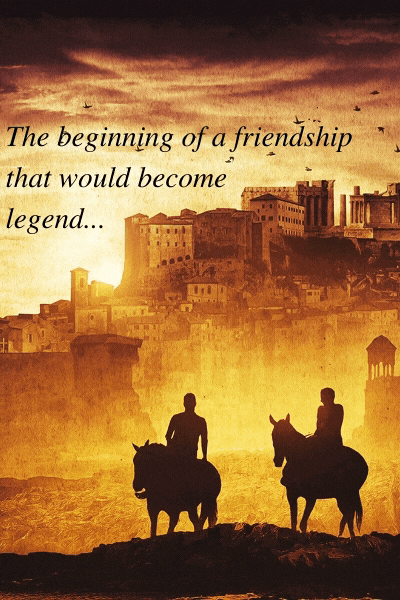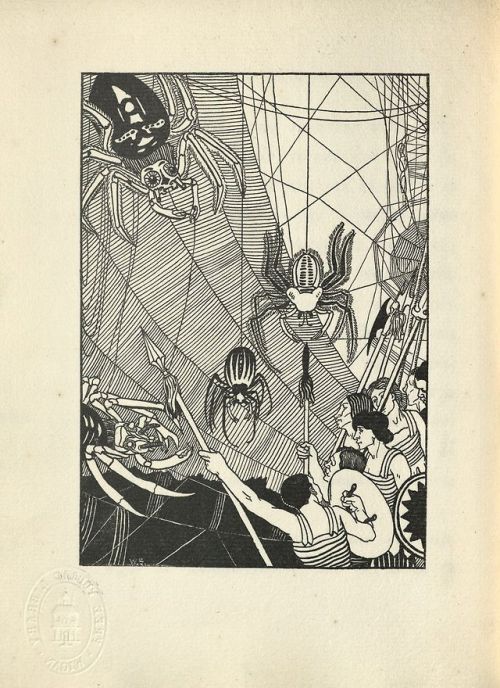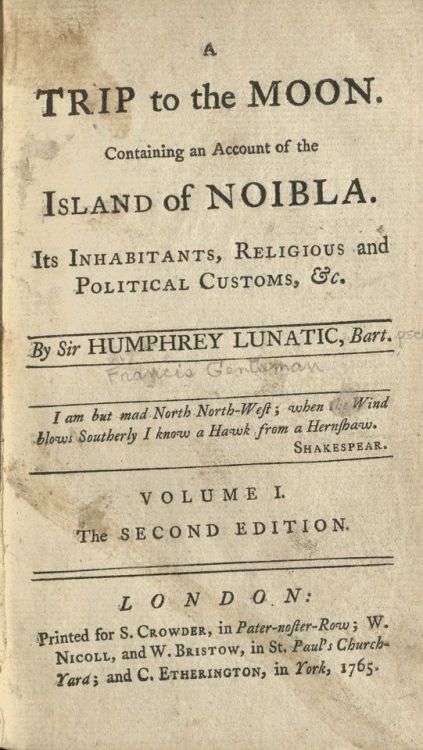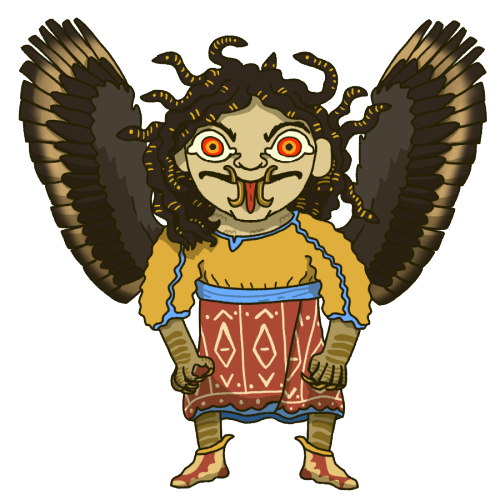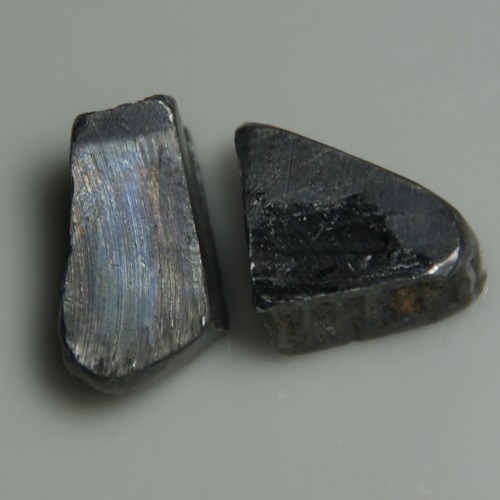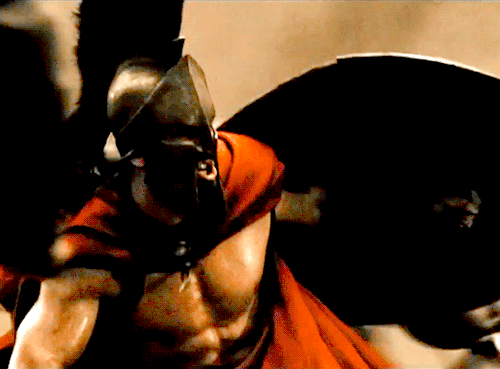#ancient greece
The beginning of a friendship that would change the world…
Read the first chapter here: https://archive.org/details/the-lions-cub-by-l-m-zorn-ch-1.docx
Goodreads: https://www.goodreads.com/book/show/56885918-the-lion-s-cub
Pre-order: https://books2read.com/u/m2M8vk
Post link
“The men are testing me as much as I’m testing them. They want to see if I’m softer than my father. I have to show them I’m not.’
Hephaistion shot him a scathing look. ‘Most of them have known you since you were a boy. Where in all Hades would they have got the idea that you’re soft?”
The Lion’s Cub by L M Zorn
Book 1 of the Philalexandros Chronicles
GR:https://www.goodreads.com/book/show/56885918-the-lion-s-cub
Preorder:https://books2read.com/u/m2M8vk
Post link
“I hope you don’t snore.’ Alexandros spoke over his shoulder as he moved back to his own bed.
‘Why, do you?’
The prince, reaching to put out the lamp, paused, surprised. ‘I don’t know. I don’t think so. But I’ve never shared a room before.’
‘Well then,’ said Hephaistion, rolling to his back to smile up at the ceiling. ‘I suppose we’ll both find out.”
GR: The Lion’s Cub by L.M. Zorn https://www.goodreads.com/book/show/56885918-the-lion-s-cub
Preorder:https://books2read.com/u/m2M8vk
Post link
Space Spiders, Lunatics, and Airships : Moon Voyage stories in Wilson Library
It’s a full moon tonight, so we thought that it would be a great time to feature our favorite moon voyage story in Wilson Library Special Collections–the only problem is, we couldn’t decide between these three amazing narratives! So we need your help, Tumblr followers! Read below, and help us decide which contender is the ultimate sci-fi adventure!
Contender 1: One of the earliest recorded moon voyage stories, Lucian’s “True History”was written in the second century AD in ancient Greece. This “true” history is filled with fantastic travel narratives, including the moon-voyage adventure in which a crew accidentally lands on the moon after their ship gets carried into the sky by an enormous gust of wind. The men then take part in a fantastic space battle between the alien armies of the sun and moon. (Bonus points: the space battle features giant spiders who spin web-bridges to lead their army across the sky).
Contender 2:A Trip to the Moon (1765) was written by sir Francis Gentleman under the very appropriate pseudonym, Humphrey Lunatic. In this story, Humphrey falls asleep in a beautiful grove and (much to his surprise) wakes up in the Lunar world. How does he get transported, you might ask? The pamphlets in Humphrey’s pockets (which were, apparently, originally conceived in the Lunar kingdom) attract a tractor-beam that pulls Humphrey up towards the moon. Full of tongue-in-cheek humor, this story is memorable both for its whimsy, and for its cutting social commentary. (Bonus points to Francis Gentleman for both his amazing pen name, and also for including an elaborate family lineage for the “Lunatic” family that includes an ancestor named Whimsical Lunatic, Esq.).
Contender 3: Last but not least, Edgar Allan Poe’s “The Unparalleled Adventures of One Hans Pfall” (1835) features a slightly more technologically advanced means of conveyance. In this story, the protagonist takes an airship to the moon. Not only is this story an interesting moon-voyage account in its own right, but in addition, it was in fact, originally created as a hoax. Shockingly, Poe’s tale was not the only moon hoax of 1835, but was second in renown to the “great moon hoax” of the same year. In this moon hoax, the New York Sun (a tabloid newspaper) published a series of articles on fake “celestial discoveries”–which included the discovery of a species of intelligent lunar bipedal beavers. (Bonus points to Poe for not only creating his moon-travel hoax, but also for dreaming up his 1844 balloon hoax–in which he convinced readers of the New York Sun that a man had crossed the Atlantic in just 3 days in a new form of airship).
Got opinions on which of these three is the best moon voyage story? Comment below to let us know your pick!
Post link
Probably the most famous monster from Greek Mythology is Medusa. Her name has overshadowed that of all other gorgons, to the point where species meant to represent gorgons are just called “medusas”. Across the years, gorgons have changed considerably. While, to my knowledge, there is no exact origin for the monsters, I would hazard a guess that the gorgoneion predates them. The gorgoneion is an apotropaic symbol of a wide, ugly head, sometimes with a beard or tusks, but always with a lolling tongue, curly hair, and wide eyes. Like the evil eye in the modern Mediterranean, the gorgoneion was used as a ward for evil. It was supposed to be so hideous that demons and men alike would cringe in fear when they saw it.
The symbol then evolved into a monster (and in Arkadia was given to Demeter in her wrathful form). Its ability to inspire paralysis with fear was exaggerated into a petrifying gaze. The rest of the gorgon’s body was a bit harder to piece together. For most of history it was just a head. A humanoid head, so obviously it was humanoid, right? Well, one archaic image of Medusa (which we can surmise is Medusa because Perseus is right next to her) shows her with a centaur-like body. After that though, the general consensus became that gorgons had human bodies, with or without wings. Wings were given to a large number of minor gods and goddesses to represent connections to air and traveling fast over large distances, such as the harpies or the messenger Iris. Snakes also got added on. Nearly all gorgons had curly heads of hair. It’s not too much of a stretch to turn that into a viper’s nest of roiling reptiles, further enhancing the scariness of the monster. Partially. Most gorgons have both hair and serpents. As time went on more and more changes and adaptations of Medusa turned her into a metamorphic character. Once that happened, it became popular to depict her as a woman without the monstrous aspects. Whether out of empathy for her or artists wanting to break out of the stylistic gorgoneion in favor of more naturalistic anatomy, who’s to say. This continues to the modern day. Then a snake body below the belt got added for some reason.
Almost all of the focus on gorgons has been, both in this blurb and historically, on Medusa. What about the other gorgons though? Aside from Medusa’s sisters, they don’t count. There is an enigmatic gorgon named Aix in mythology. This gorgon, whether male or female, was on the side of the titans during the Titanomachy, but was killed by Zeus and converted into the aegis. They supposedly had, in addition to the classical gorgon face, hairy skin. Which would explain why their name, Aix, translates to goat. Euripedes introduced a similar Gorgon in the gigantomachy, slain by Athena (who just seems to hate gorgons I guess). Whether it was a giant named Gorgon or a gorgon helping the giants is unclear. Others use gorgons as a sort of stock monster. Virgil mentions multiple generic gorgons alongside other monsters while certain authors claimed gorgons lived on islands off of Ethiopia. And, to bring it back around, Medusa and her sisters were said to be the daughters of the nymph Keto and either the god Phorcys, or some unnamed male gorgon. Wherever we go, we just can’t shake her off!
This gorgon is primarily inspired by one depiction of Medusa. She had wings, snake hair, curly hair, and a stylish outfit, all while she’s running off somewhere. I wanted to keep her hair a bit ambiguous, so you can’t really tell which lock is a snake and which one is regular hair. Her wings are primarily vulturine. She’s also got bronze claws mixed in with scales and a loud outfit. Meeting her in a seaside cave would be a shock to the eyes, for multiple reasons.
Post link
LEAD
Energy: Receptive
Planet: Saturn
Element: Earth
Associated Herbs: Rose, Nettle, Rue, Cumin
Powers: Divination, Protection, Defensive Magic
Magical/Ritual Lore:
Lead has long been used in magic. In ancient Greek times tablets of this metal were ritually charged and inscribed with ‘words of power’. These tablets were generally used in negative spells because the lead ensured the spell’s long continuance.
In India during the 11th century, charms and figures designed to cause conception or to increase the fertility of gardens and orchards were engraved on lead tablets.
Magical Uses:
Lead is a heavy metal which causes death when it’s absorbed by the body. The ancient Romans discovered this by using lead dishes and cooking utensils.
A curious divination, recorded in the 1800’s in Italy by Charles Godfrey Leland, uses lead. Take three rose seeds (remove them from the “hip” that forms after a rose has lost its petals), three nettle leaves, two rue leaves and three cumin seeds. Put these on a metal plate along with a small quantity of lead.
At midnight, while clearing your mind of needless mental clutter, burn two yellow candles and light a fire. Place the metal plate over the fire. Then fill a large basin with water. Once the lead has melted, pour it, along with the herb ashes, into the water.
When the lead nodule has cooled, remove it from the water and gaze at its shape. The ritual and the lead itself should allow access to your psychic mind. If nothing comes to you, place the nodule beneath your pillow and let your dreams guide you.
Lead is worn or used in protective spells and also plays its part in defensive magic. It can be placed near the entrance of the house to prevent negativity from gaining access.
[Source: Cunningham’s Encyclopedia of Crystal, Gem, & Metal Magic by Scott Cunningham]
Post link
Birth of Athena (detail). Athena and Zeus.
Reconstruction of the east pediment of the Parthenon according to drawing by Karl Schwerzek (1896).
Athena has just emerged from Zeus’s skull fully armed and equipped. She is looking at him. The King of the Gods is looking back at her amazed and surprised. Nike is intending to put a wreath on the head of a newborn goddess. On the right, Hephaestus can be seen holding an axe with which he split Zeus’s skull.
ACROPOLIS MUSEUM, ATHENS, GREECE
Post link
Ivory ex-votos found at the sanctuary of Artemis Orthia, Sparta, made in the form of protomes and depicting the goddess crowned. Now in the National Archaeological Museum, Athens. Photo credit: Marsyas/Wikimedia Commons.
Post link
A wall fresco of Paris abducting Helen by force, in a villa in Venice (Italy, mid-1700s).
Paris was asked to judge a beauty contest between Hera, Aphrodite and Athena. Each tried to bribe him, and he chose Aphrodite, because she promised him the most beautiful woman in the world – Helen of Sparta.
Helen was married to King Menelaus of Sparta, which Aphrodite hadn’t actually told Paris. He broke into Menelaus’ house to steal her from him. In some accounts, she fell in love with him and went willingly; in others, she was taken by force.
Helen was famous for her beauty, and Odysseus advised her father Tyndareus to make all her suitors promise to defend her marriage to the man he chose for her. Therefore, when Paris abducted Helen, Menelaus was able to call them to help him get her back. This started the Trojan War.
Post link
Flora Farnese
Roman marble sculpture based on a Greek model from the 5th century BC
2nd century AD
Museo Archeologico Nazionale di Napoli
© Ph. Luigi Spina
Post link
This intervention ends as most interventions do: In failure.
The final part comes next month and will be 4 pages long. :o
Post link
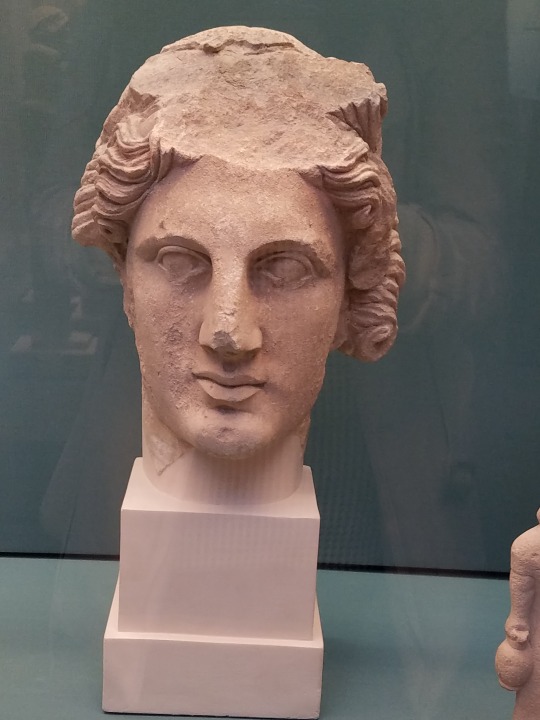
I feel as though the British Museum could have been a more enjoyable experience if being there didn’t feel so rushed. There was no reason for Monique and me to be rushing– we had several hours we could spend there– but there were just so many people in the museum. It felt as though we had to keep moving and moving so we wouldn’t be in anybody’s way. Compared to Camden Market, it felt like there were more people, though I don’t think that is actually true, but, because it made the museum space feel smaller, it felt that way.

Still, there were many interesting things to see there. The museum is largely historical, with exhibits dating back from ancient times to closer to modern day, organized largely by region of origin. We probably spent more time in the Ancient Greece section than any other because that is a personal favorite of mine. I had expected a bit more as far as Greek god sculptures because I had seen images online, but I realized afterward that the photos I was thinking of were from the Louvre, not the British Museum. We went through the European section and found many different exhibits, one particular one I enjoyed being a pendant of Thor’s hammer in the Nordic part. In the Arabic section, there were several garments, which I thoroughly enjoyed and found to be quite beautiful.

I think the problem I had with the British Museum is a problem I felt like was present in a lot of the trip, especially when we left the smaller cities for activities in places like London and Paris. While many of the sites we saw were interesting, the sheer amount of people often also there made it difficult to truly enjoy and appreciate what we were seeing. Of course, this is the way of things with touristic sites and not something that unfortunately is very changeable, but still, it made some of the experiences we had here a bit less enjoyable.

Limestone statue of a bearded man wearing a wreath and carrying votive offerings. Artist unknown; ca. 475-450 BCE. From Cyprus; now in the Metropolitan Museum of Art.

